Content
- Light spectrum and its importance
- Spectra of light at different stages of growth
- Vegetative phase
- Flowering phase
- Types of lighting for cannabis
- Lamps
- LEDs
- Ultraviolet and infrared light
- The optimal light mode for autoflowers
When cultivating autoflowering varieties of cannabis indoors, it is necessary to create optimal conditions for their growth. The main factors include humidity, temperature and lighting. Lighting plays a key role in the development of plants at all stages of their life cycle.
Light spectrum and its importance
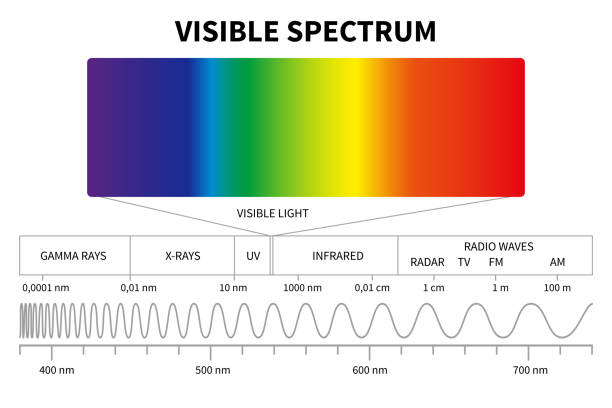
The spectrum of light is the various wavelengths emitted by a light source. It is measured in nanometers (nm). Humans see only part of the spectrum - from 380 to 780 nm, that is, from violet to red. Natural sunlight is full spectrum, containing all of these wavelengths needed for optimal plant growth.
Spectra of light at different stages of growth
Vegetative phase
In the vegetative stage of cannabis, blue waves of light are needed. They promote the growth of strong stems and leaves, providing a large surface area for absorbing light. This is important for preparing the plant for the flowering stage.
Flowering phase
During flowering, plants need red waves of light, which stimulate the formation of inflorescences. Red light increases the rate of photosynthesis, which directly affects the formation of large and dense cones.
Types of lighting for cannabis
Lamps
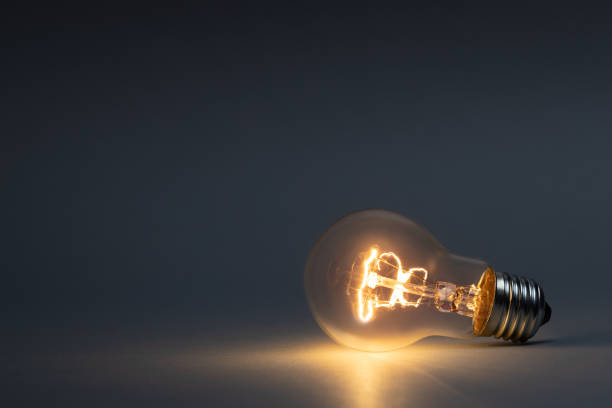
Lamps provide a narrow spectrum of light and are divided into several types:
- Metal Halide (CMH): Ideal for the vegetative stage, emit blue light.
- High Pressure Sodium (HPS): Used during flowering, emits red light.
- Compact fluorescent lamps (CFL): Used for seedlings and clones.
- High Intensity Discharge (HID) Lamps: Emit a spectrum from 3500 to 5000 Kelvin, effective for both growth stages.
The advantages of lamps include their low cost and the ability to replace individual bulbs. Disadvantages - high power consumption and the need for additional cooling.
LEDs

LEDs are full-spectrum light sources. They emit all the necessary wavelengths and are suitable for all stages of plant growth. The main disadvantage of LEDs is their high cost. However, they have many advantages:
- Use throughout the entire life cycle of plants.
- Energy efficiency.
- Environmental friendliness.
- Durability.
Ultraviolet and infrared light
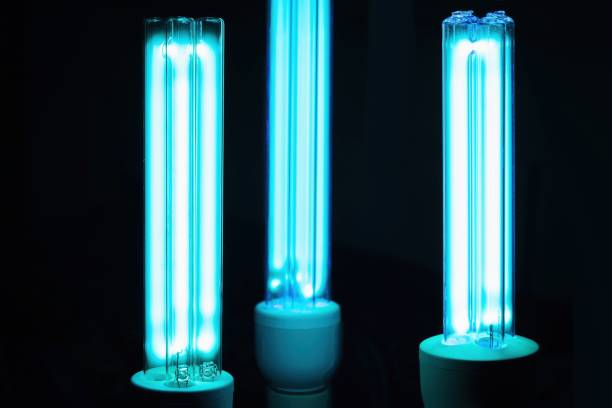
Ultraviolet and infrared radiation can improve yield and plant health. However, their use requires caution, as excessive amounts can damage plants. These types of lighting are recommended for experienced growers who want to experiment with different spectrums.
The optimal light mode for autoflowers
Autoflowering plants begin to bloom regardless of the length of daylight. For best results, it is recommended to use a combined spectrum of warm and cool lamps (CMH and HPS) or full spectrum LEDs. This provides the plants with the full spectrum of light necessary for the formation of large and high-quality cones.
Choosing the right lighting and observing the optimal light regime are key factors in the successful cultivation of autoflowering cannabis varieties. Take into account the individual characteristics of your plants and provide them with the best conditions for growth and development in order to achieve the maximum yield.
WARNING! Errors Seeds does not encourage or encourage you to grow cannabis. Cultivation is prohibited by the legislation of Ukraine. The article is only of scientific and educational interest.
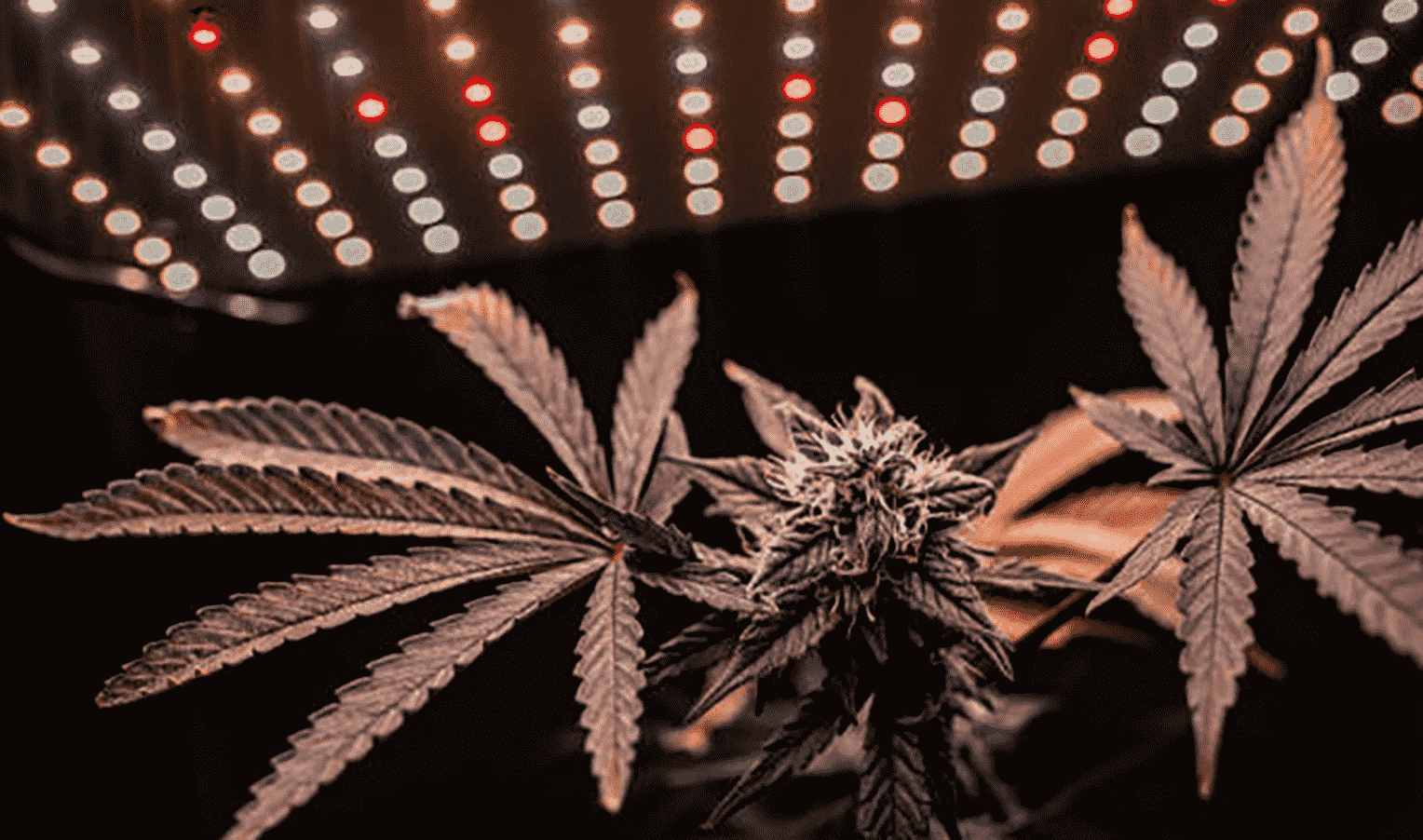

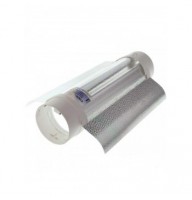
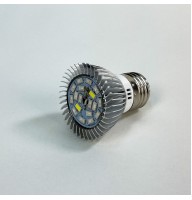
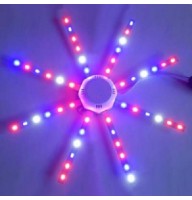
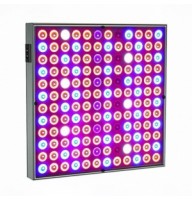
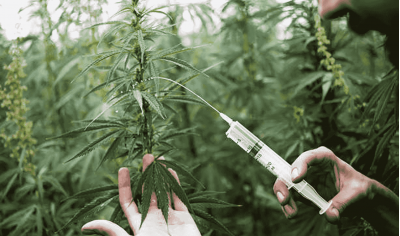
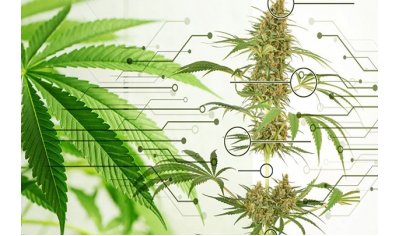
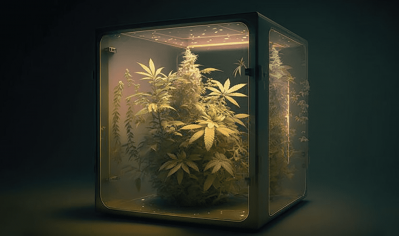
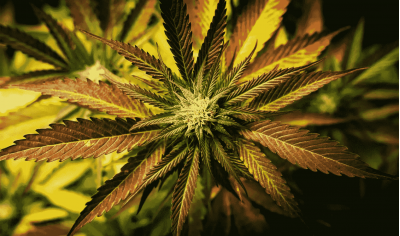
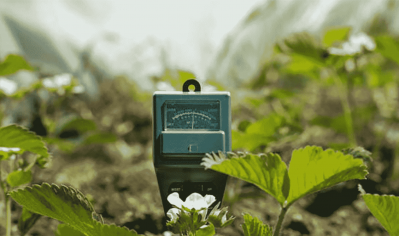
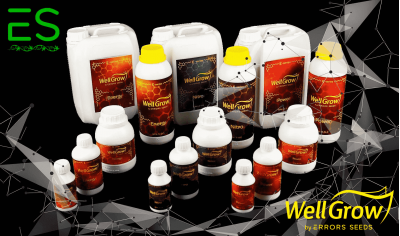
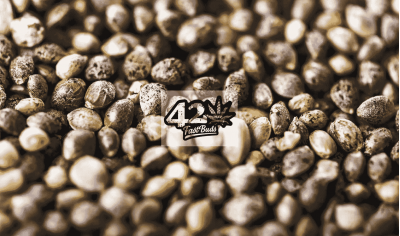
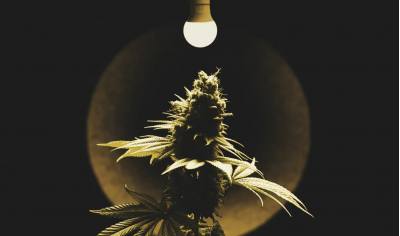
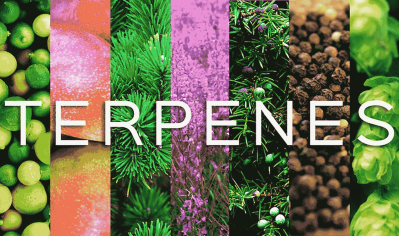
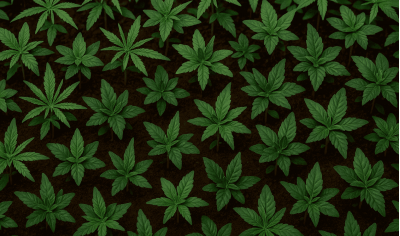


Write a comment